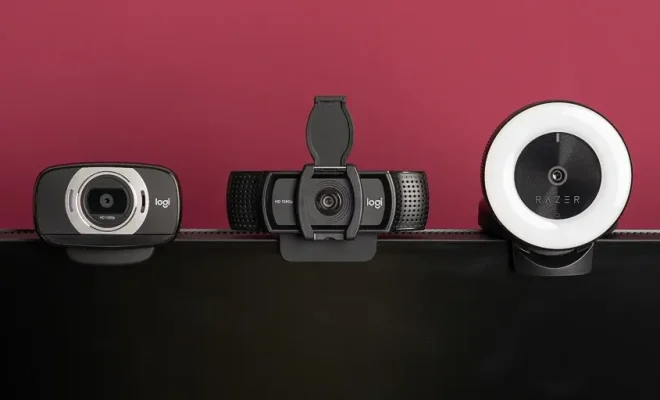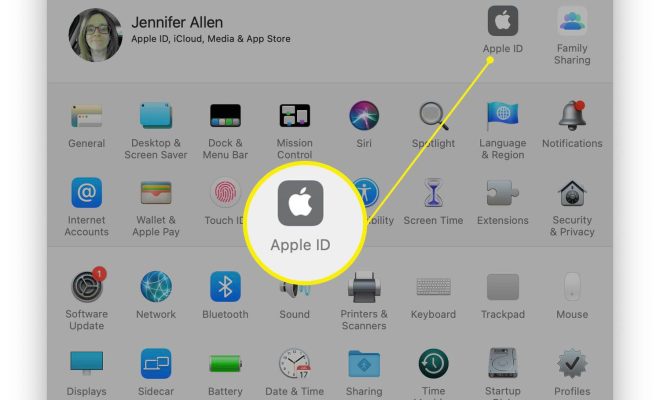All the Hardware Features of iPhone 6 and iPhone 6 Plus Explained

Apple’s iPhone 6 and iPhone 6 Plus are two of the company’s most popular smartphones to date. One reason for this is because of their excellent hardware features, which have been meticulously designed by Apple’s engineers. In this article, we’ll take a closer look at all the hardware features of the iPhone 6 and iPhone 6 Plus.
Design and Build Quality
The iPhone 6 and the iPhone 6 Plus share a lot of similarities when it comes to design and build quality. They both have aluminum frames, curved edges, and a flat back. However, the iPhone 6 Plus is noticeably larger and heavier than the iPhone 6, partly because of its bigger screen size.
Display
The iPhone 6 has a 4.7-inch LED-backlit IPS LCD display with a resolution of 750 x 1334 pixels. Meanwhile, the iPhone 6 Plus has a larger 5.5-inch LED-backlit IPS LCD display with a resolution of 1080 x 1920 pixels. Both screens are protected by Ion-strengthened glass and have an oleophobic coating.
Camera
The iPhone 6 and iPhone 6 Plus have the same 8-megapixel rear-facing camera with phase detection autofocus and dual-LED dual-tone flash. However, the iPhone 6 Plus has optical image stabilization (OIS), which helps reduce image blur caused by shaky hands or low light conditions. Both phones also have a 1.2-megapixel front-facing camera with face detection, HDR, and panorama modes.
Processor and Memory
The iPhone 6 and iPhone 6 Plus both use Apple’s A8 chip, a dual-core 64-bit processor that promises faster and more efficient performance. These phones also come with 1GB of RAM and are available in 16GB, 64GB, and 128GB storage capacities.
Battery
The iPhone 6 has a non-removable 1810 mAh battery, while the iPhone 6 Plus has a non-removable 2915 mAh battery. Both phones support fast charging and wireless charging (with a separately sold Apple charging pad). However, unlike other Android phones, the batteries cannot be removed or swapped for a fully charged one.
Connectivity and Sensors
The iPhone 6 and iPhone 6 Plus have the same connectivity features, including Wi-Fi, Bluetooth, NFC, GPS, and 4G LTE. However, the iPhone 6 Plus also has a barometer sensor, which can measure atmospheric pressure and help with barometric altimeter readings. Both phones also have a fingerprint scanner (Touch ID) that allows for secure unlocking and authorization.
Final Thoughts
Overall, the hardware features of the iPhone 6 and iPhone 6 Plus make them formidable devices that are still used by many today despite newer phone models being more widely available. The differences between the two models lie mainly in the screen size, camera features, and battery size. However, both phones have excellent connectivity, processing power, and security features that continue to make them popular choices among Apple fans.






